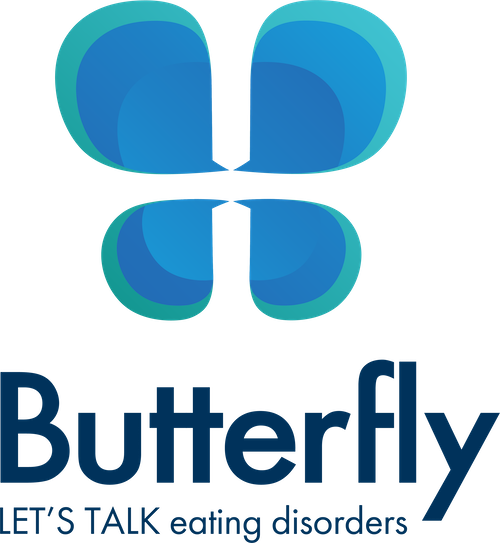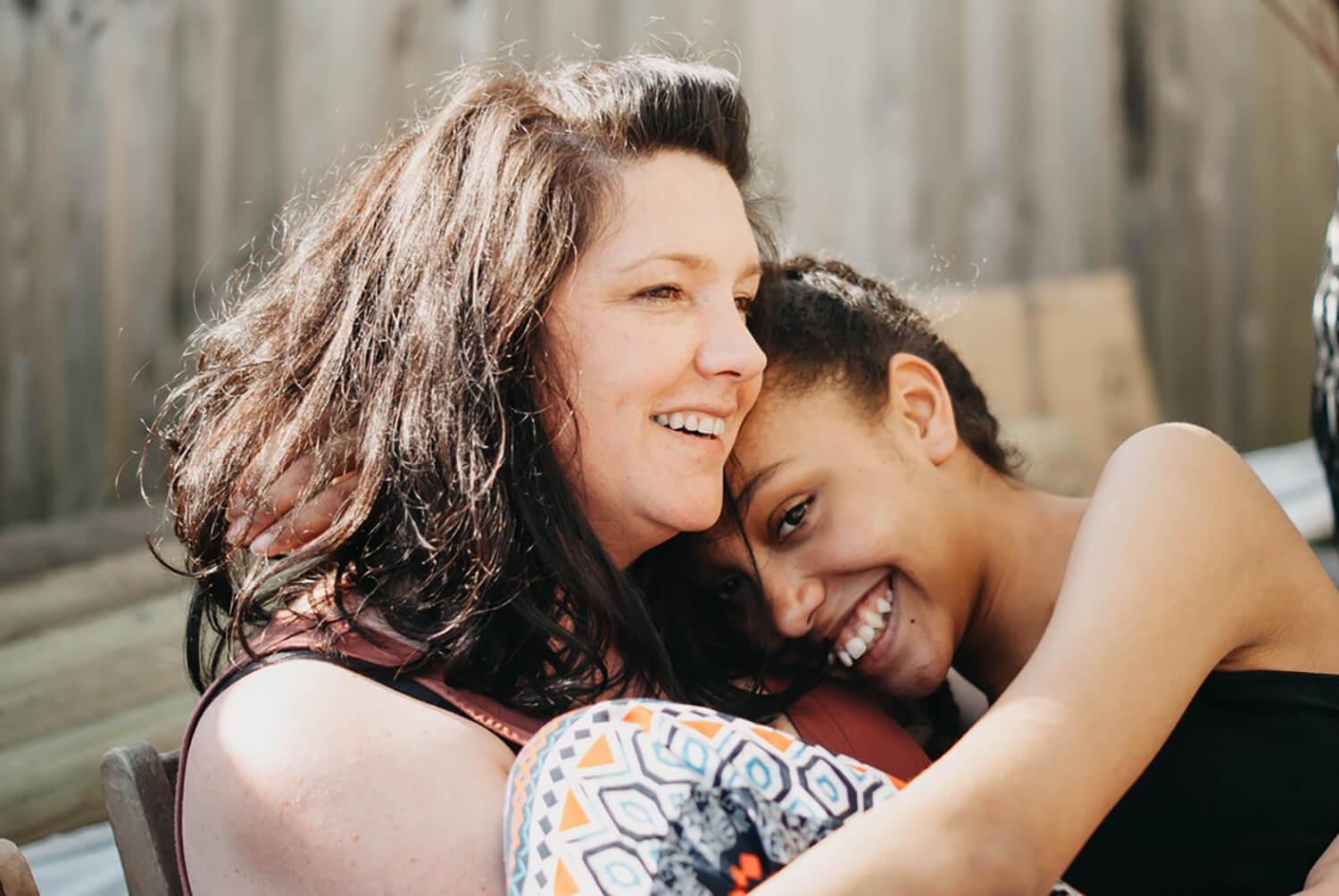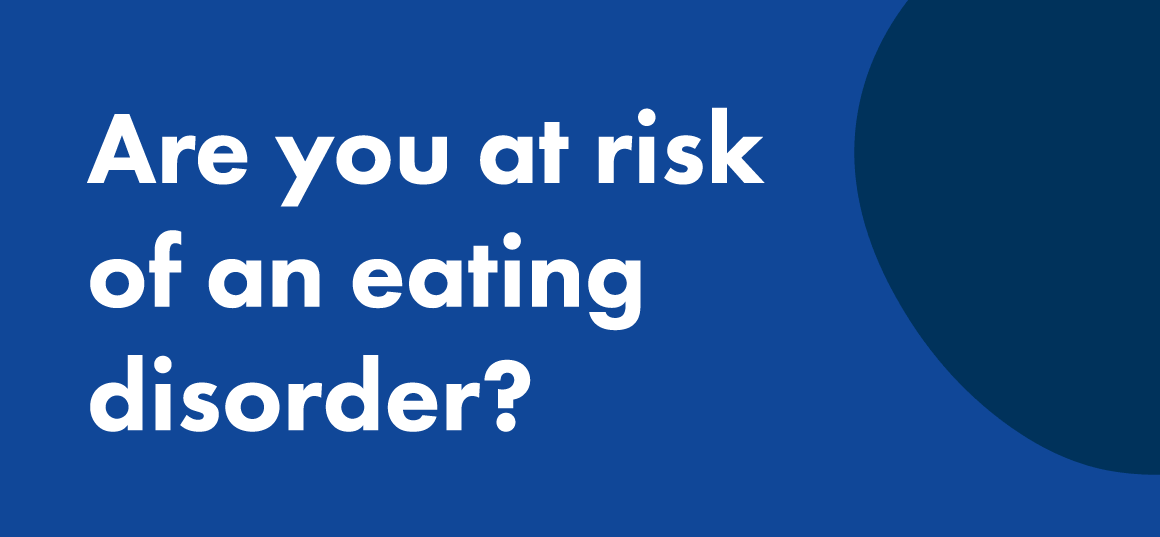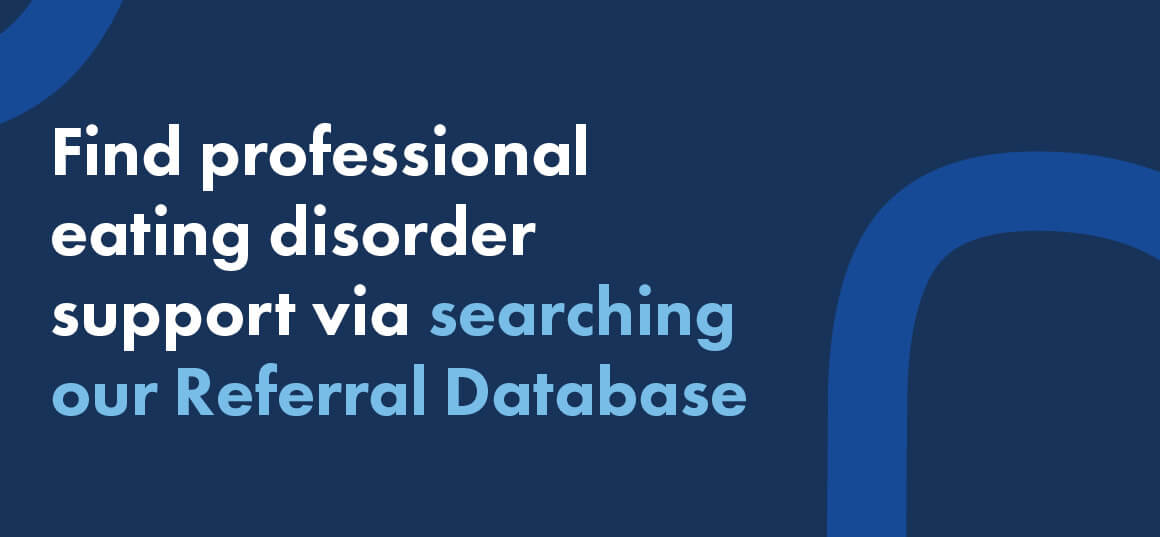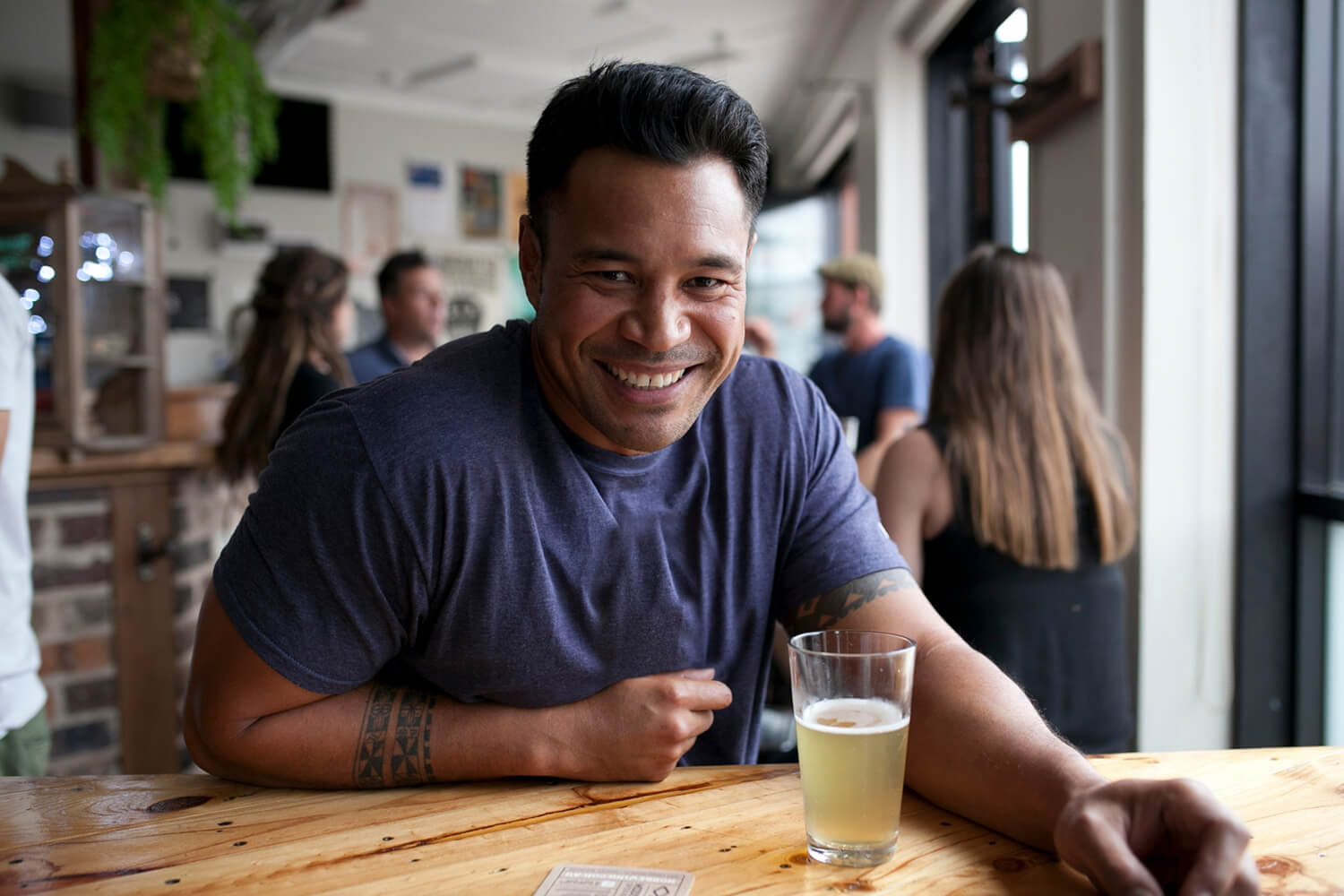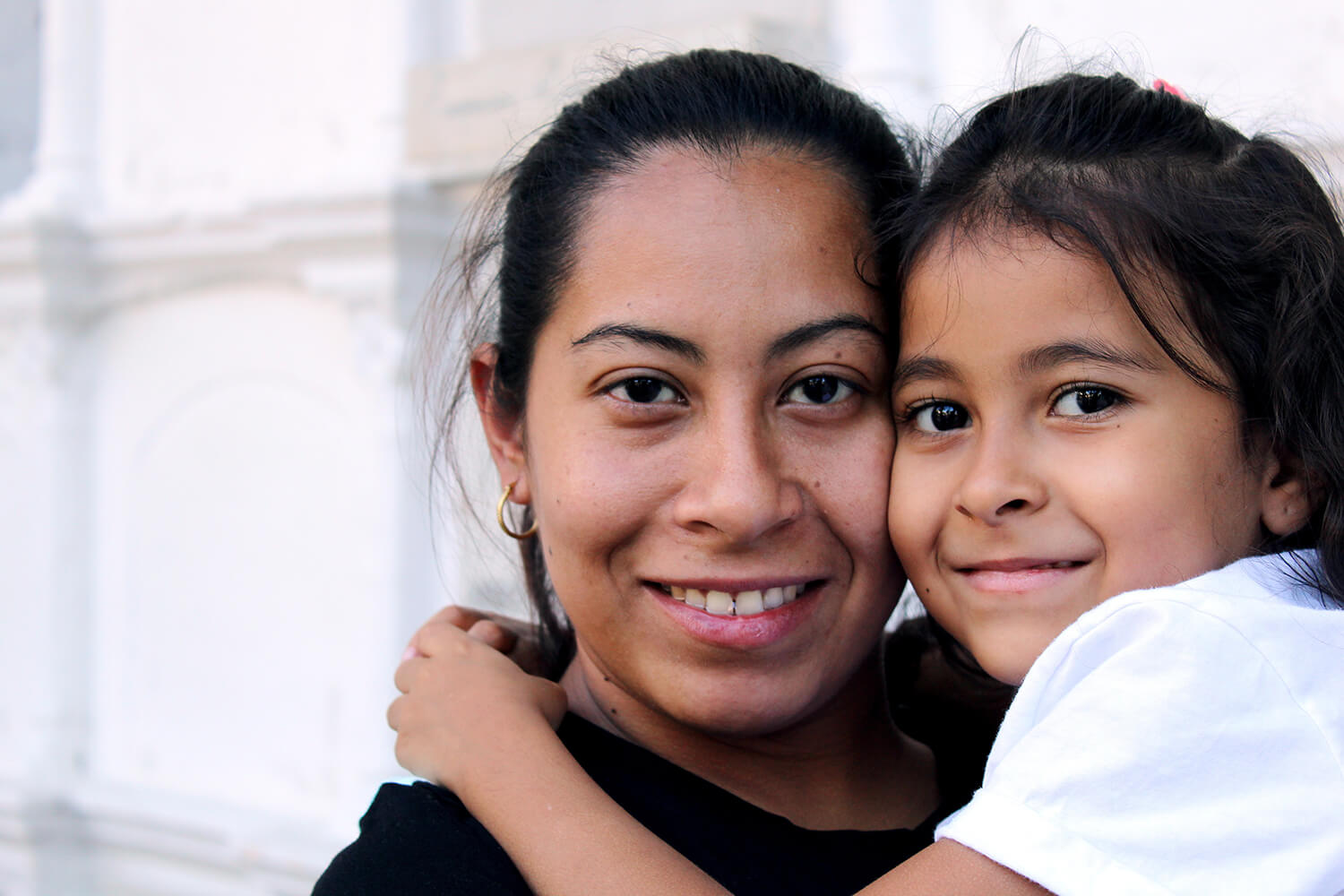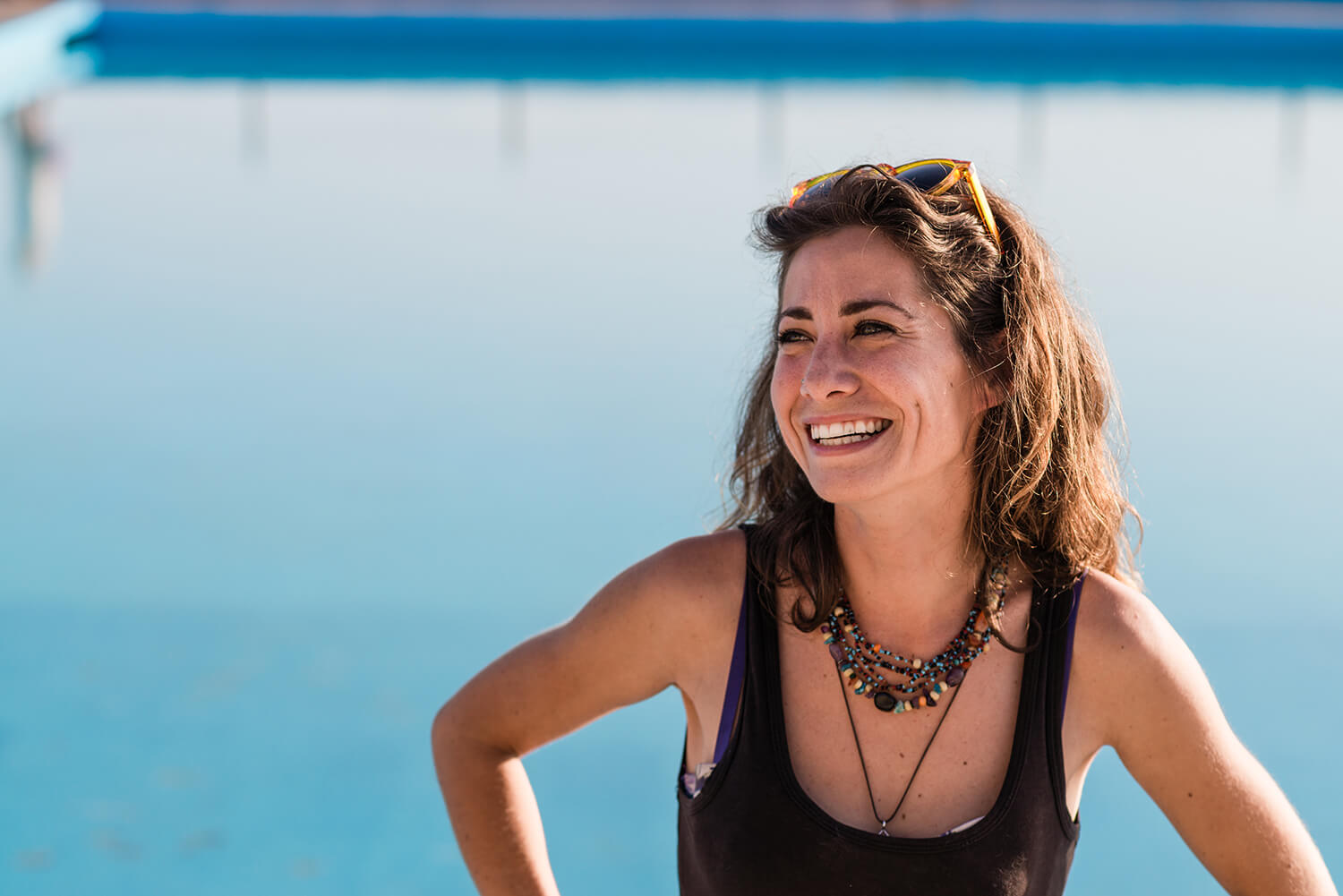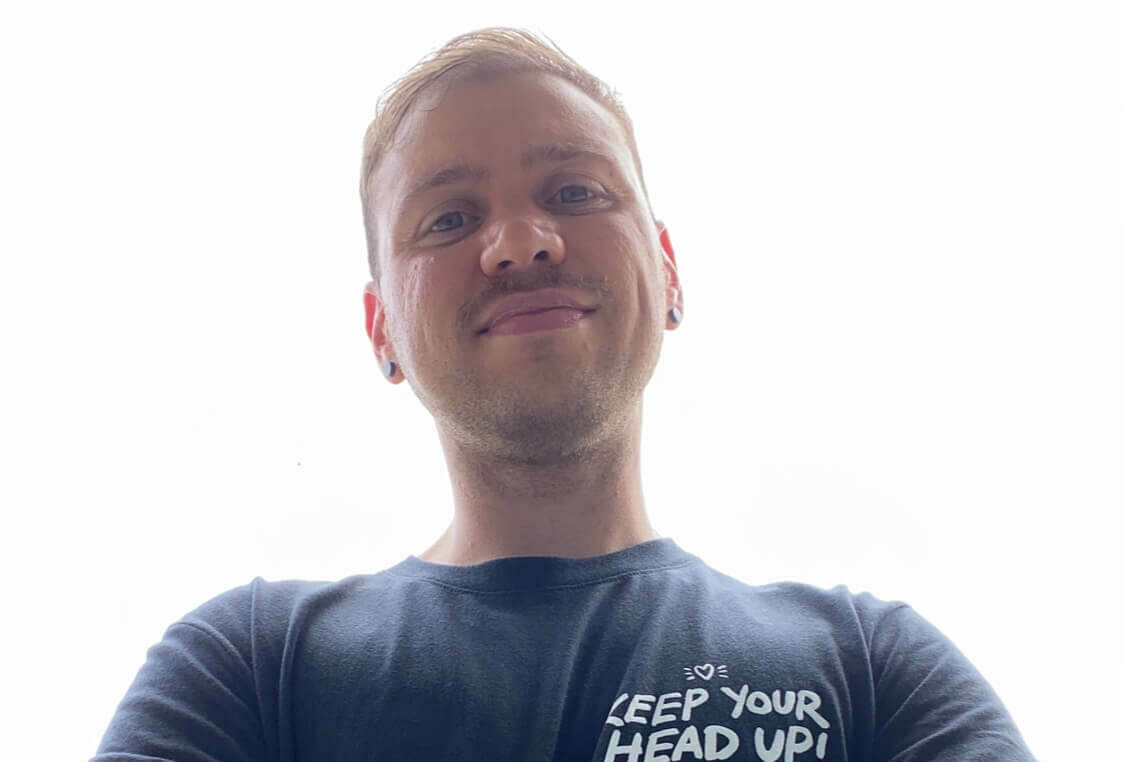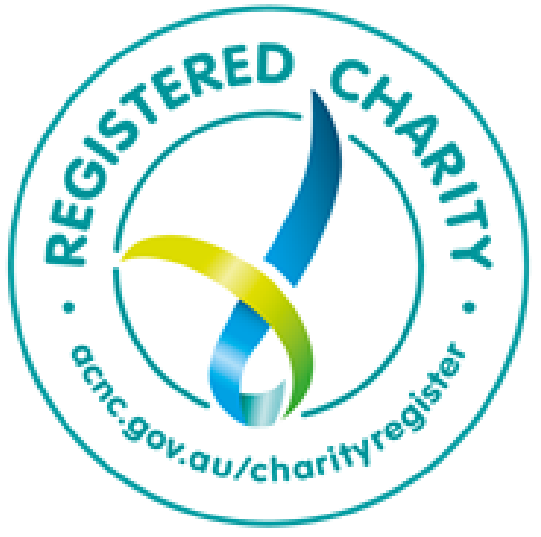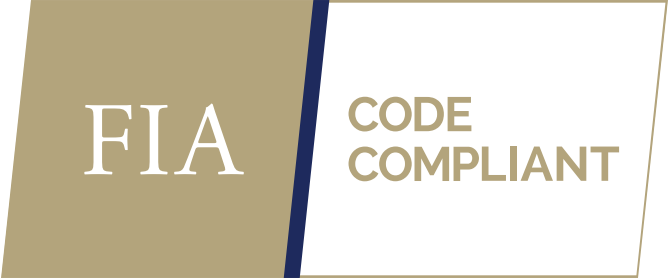Navigating Eating Disorder Recovery As A Neurodivergent Individual
Eating disorder recovery is inherently nuanced, complex and dependent on the personal factors of the individual.
There is an increasing rate of ADHD and Autism diagnosis in females with eating disorders, which is often diagnosed late [1], and further complicates the recovery journey.
In my experience, living in a neurotypical world, as a neurodivergent person, is overwhelming, frightening and challenging. Couple this with attempting to recover from an eating disorder in a framework that is suited for neurotypical individuals, and often doesn’t take into account the particular characteristics of a neurodiverse individual – the journey to recovery is laced with extreme challenges.
Neurodivergent individuals have an increased probability of developing an eating disorder, with up to 70% of autistic children having difficulties with food and eating [2]. Studies have found that it is common for autistic children to have limited food preferences (88%), hyper sensitivity to food textures (46%), eating only one brand of food (27%), pocketing food without swallowing (19%) and pica (12%) [3].
I was also diagnosed with Anorexia and ARFID when I was 16, and diagnosed at 18 with autism, and at 20 with ADHD. Despite being told years prior that I had these conditions, the impact of an official diagnosis was life changing. Treatment began to be tailored to my sensory and structural needs, outlined by treatment professionals who assessed and understood my unique needs and requirements – rather than a ‘one size fits all’ approach that was always present in my hospitalisations.
Navigating many years of anorexia recovery without this diagnosis and suitable treatment, resulted in me being labelled as treatment resistant. Doctors couldn’t understand my behaviours and inflexibility, my sensory meltdowns and uncommon behaviours. Every autistic behaviour was attributed to anorexia, and I was met with a lack of empathy, understanding and confusion.
I believe there needs to be further education and knowledge surrounding neurodiversity in eating disorders, as the standardised treatment approach can often disregard the specific needs neurodivergent individuals have.
All types of eating disorders are seen in autistic people, most prevalently anorexia nervosa and Avoidant/restrictive food intake disorder (ARFID) [4], of which I have experienced both.
What is ARFID?
Avoidant/restrictive food intake disorder (ARFID) typically centres around sensory and texture difficulties, which can lead to malnutrition, weight loss and delayed weight gain/growth in children. It differs from anorexia – in ARFID there is no preoccupation with body image/weight. ARFID can occur as a result of a fear of negative experiences – choking, pain or vomiting. It can also stem from an overall disinterest in food and eating [5].
Primarily, and in my experience, I struggle with the sensory aspects of food – taste, smell, sensation and texture avoidance. I had no experience trigger this; I exhibited symptoms and behaviours of ARFID since I was a child, and was always treated for my ‘selective eating’. I tried everything – hypnotherapy, psychology, DBT skills – but this condition eventuated in the development of Anorexia, as my preoccupation with food and fear surrounding food was never understood.
Having inadequate intake as a result of ARFID created an energy deficit, leading to incidental weight loss, and triggered the restrictive cognitions and obsession with numbers.
Living with ARFID while trying to recover from anorexia made the process even more so traumatic for me. Being forced to eat foods I have never eaten, with flavours, tastes and sensations that were so distressing to me, complicated my treatment and my subsequent labelling as ‘non compliant’.
Treatment with ARFID
Treatment programs I participated in rarely accommodated my ARFID, being forced to eat foods that caused a sensory meltdown and extreme distress. Despite having anorexia, I wanted to eat. I wanted to eat the food I am comfortable with from a sensory perspective, and when that wasn’t accommodated, and seen as ‘disordered’ and ‘restrictive’, I spiralled. Eating became so overwhelming – not from a restrictive perspective. This was entirely from the overwhelming fear I had of sensory and taste difficulties.
Once I had my autism diagnosis, I was able to work with treatment professionals who understood the link between anorexia, autism and ARFID. After years of conventional treatment failing me, creating a meal plan and detailed structure that worked for me and accommodated my sensory requirements gave me a sustainable, achievable path to recovery.
This made me feel understood, cared for and accommodated. I worked with a team who understood my individual situation, what causes me distress and limits my chances of healing. I finally felt understood.
After my autism assessment, the specialist wrote a detailed report, outlining my situation and requirements. They connected me with a GP, psychologist and nutrition professional who were able to distinguish the difference between anorexia-driven behaviour and cognitions, versus an autistic behaviour. It’s important to work with neurodiversity-affirming treatment professionals, who are educated in autism and understand the nuances and complexities of treatment.
Anorexia and Autism
Up to 35% of women with anorexia nervosa meet the diagnostic criteria for autism [6]. Despite anorexia traditionally stemming from a preoccupation with body, shape, size and weight – autistics with anorexia often don’t initially have their body image and focus on weight/shape trigger the eating disorder. It is often a coping mechanism, masking anxiety and emotions.
For me, making myself as small as possible created an illusion of safety. At a lower weight, my other mental health conditions were repressed, and I was less tormented with intrusive thoughts. It was perpetuated by my need for routine, structure and control – all components of my autism. Once in a prolonged energy deficit, the fear surrounding food, weight gain, body shape and size became the primary concern, occupying my mind, always.
The link between autism and anorexia nervosa was first established by Christopher Gillberg in 1983, noticing that the conditions often co-occurred within the same families [7]. Research varies but it has been found that up to 20-35% of people with anorexia are autistic.[8]
The nature of anorexia typically fixates on body & weight, but autistic individuals may restrict their intake as a coping mechanism for dealing with identifying overwhelming emotions and sensory food aversions.
Autistic individuals with eating disorders typically have poorer outcomes than non-autistic peers [9].
Treatment rarely adopts a neurodivergent lens and does not accommodate autistic individuals requirements and cognitions. Often, the reason the eating disorder is developed and sustained is disregarded, focusing too heavily on weight/shape/body image [10].
Healing
During my experience of an eating disorder, I did struggle with body image and associated cognitions, but the overarching theme of my anorexia was the way I felt internally. The world was so overwhelming, so unpredictable and confronting. Restricting my intake was my safety net, my protection from the world.
Focusing on my body, and numbers – I felt as if I had discovered the formula for living. Numbers became my ASD special interest, and the hyperfixation on controlling these variables perpetuated a complex, multifaceted and confusing mix of anorexia, ASD and ARFID.
I healed when my neurodivergent requirements were understood and treated accordingly. Hospital never did this for me, and each admission just strengthened my cognitions and condition. This was across inpatient, eating disorder programs, and medical wards.
I got better at home. With foods I loved as a child, and people who understood why I am the way that I am. When I felt comfortable enough to, I began to challenge my ARFID, on MY terms. Beginning with foods that were similar to ones that were safe for me, and now being able to include some diversity and flexibility in my diet. This helped me recover from anorexia, as I felt more comfortable reintroducing foods that were both nutritionally adequate and safe from a sensory perspective.
Life after anorexia
While anorexia is no longer present in my life, ARFID still is. But, it doesn’t impede my ability to function. I am able to live my life around the limitations it presents. I don’t feel a need or a desire to change.
I have made so much progress, and I know that challenging my sensory needs at the present could lead to a fear of food, and therefore an energy deficit – with the capacity to trigger the return of restrictive thoughts. I will never let myself fall victim to my mind, numbers and the illusion of safety these behaviours created for me.
I am able to go to cafes with my friends and drink a latte and cake. I am able to go out for dinner at places where I like the food. None of these limitations arise from a restrictive perspective – I cannot stress that enough. I can go to any fast food restaurant and eat chicken nuggets and chips – my FAVOURITE food, always. I can go for gelato with my family. I can eat popcorn when I go to the movies. I can function, and am no longer limited by ARFID. Numbers are no longer my formula to living. My formula to living is keeping myself stable, well and nourished.
My Recovery
My recovery was messy, confusing and overwhelming. I often wonder what it may have been like if I wasn’t autistic, or had ADHD. I doubt I would have developed anorexia or ARFID at all. My condition was a direct result of my undiagnosed neurodivergency prior to diagnosis as a teen.
Just because being neurodivergent complicates recovery, this does not mean you cannot recover. As mentioned, I was labelled in anorexia treatment as ‘treatment resistant’, ‘non compliant’, ‘severe and enduring’. I was told I would never fully recover, that I would just have to learn to live with anorexia, and keep myself just functional enough to stay away from the repeated hospitalisations.
Learning about myself
Once I had my autism diagnosis, and my needs were catered around my sensory and scheduling requirements, change happened. I wanted to be well. I felt understood. I was educated around my behaviours and validated that I wasn’t crazy for being this way. The unknown is scary, feeling misunderstood is scary.
But I understand myself now.
I understand why I am the way I am. Why I can’t deal with change, inflexibility, needing routine, structure and scheduling – all factors my anorexia attempted to control. When the world is overwhelming as a neurodivergent individual, an eating disorder feels safe. Keeping life into boxes in your mind, giving structure and purpose.
But it doesn’t have to be this way.
For those who are also neurodivergent, I can’t recommend highly enough how helpful it is to learn, read, educate, and talk about your conditions. Listening to podcasts of those with personal experiences of autism/adhd and an eating disorder. Understanding yourself and your motivation to change is pivotal in reconnecting you with life.
Life is scary. Life is daunting. The world is overwhelming and confronting and there is so much unknown. Engaging with an eating disorder may feel like your only way to cope – it is not.
Advocate for your ability to access neurodivergent friendly treatment, pursue a diagnosis and treatment if it is available to you. Learn, engage, be kind to yourself. You are not broken. You are not destined to fail by being neurodivergent. You may require a different pathway to recovery, and that is okay. A ‘one size fits all approach’ was not created with an understanding of neurodivergence.
Recovery looks different for everyone, and each day presents new challenges. Never lose sight of who you are and how important you are to so many people. Being neurodivergent is not an inherent flaw or problem to be fixed, it’s just about learning who you are, and navigating this scary, overwhelming world.
Written by Tara Finn, who is 21, currently studying a Bachelor of Nutrition and Dietetics (Honours), and lives in Sydney, Australia. Tara has lived experience with ARFID and anorexia nervosa, and is firmly in recovery.
Get support
- Butterfly National Helpline – for support with eating disorders or body image concerns, connect with Butterfly’s National Helpline 7 days a week, 8am-midnight (AEDT). Call 1800 ED HOPE (1800 33 4673), chat online or email support@butterfly.org.au
- Eating Disorders Neurodiversity Australia (EDNA) – EDNA is a neurodivergent-led organisation focused on building neurodiversity-affirming, accessible, and inclusive eating disorder healthcare. EDNA offers online peer support dedicated to supporting neurodivergent people with lived or living experience of an eating disorder find a sense of community and belonging.
- Autism Connect – a free, national autism helpline, providing independent and expert information over phone, email and webchat. Call 1300 308 699, email or chat online, Monday-Friday, 8am-7pm.
- The Autistic Realm Australia (TARA) – TARA aims to improve the lives of all Autistic people through empowering, facilitating connections, and educating those who support autistic people by sharing lived experience and being visible.
Further reading
- More information about autism and eating disorders
- Eating Disorders and Neurodivergence: A Stepped Care Approach – research and lived experience evidence regarding the prevention, early identification and treatment of eating disorders and disordered eating for neurodivergent people.
- Autism, eating disorders and me – Melanie’s story
- Autism, eating disorders and body image: through the lens of sensory processing – Laurence’s story
-
Autism and Eating Disorders from the Inside: My Story – Ruth’s story
- Anorexia’s link to autism, explained



